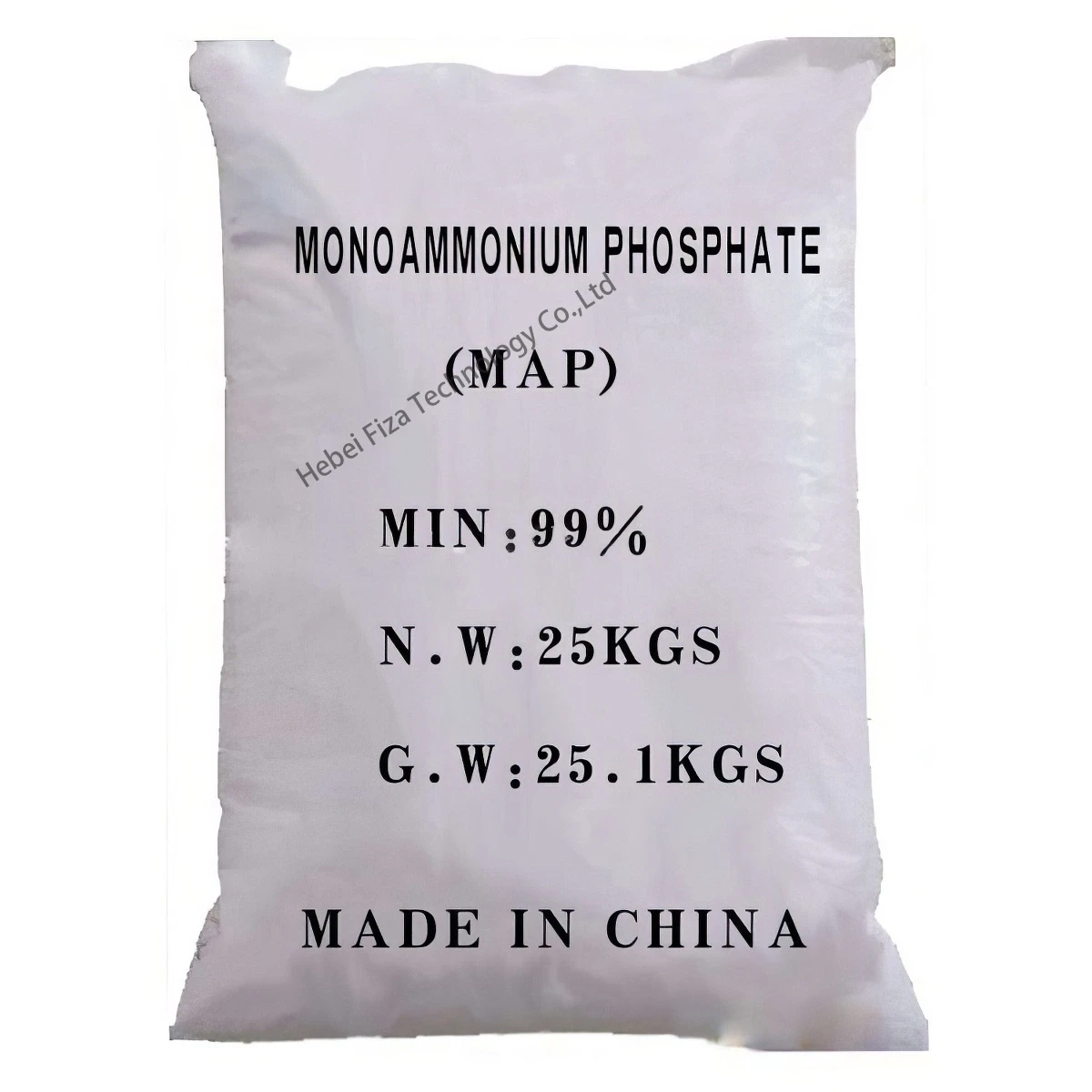



Safety Data Sheet Information for Sodium Hydroxide Pellets Handling and Storage
Understanding the MSDS for NaOH Pellets A Comprehensive Overview
Sodium hydroxide (NaOH), commonly known as caustic soda or lye, is a highly versatile and widely used chemical in various industries. Often supplied in the form of pellets, NaOH is an essential compound in manufacturing, cleaning agents, and pH regulation. However, due to its corrosive nature, it's paramount for users to be informed about its safety and handling, which is where the Material Safety Data Sheet (MSDS) comes into play.
What is an MSDS?
A Material Safety Data Sheet (MSDS) is a detailed document that provides critical information regarding the properties, hazards, and safe handling practices for chemicals. It serves as a key resource for employers, employees, and emergency responders, ensuring safe management of chemicals in workplaces. An MSDS typically includes sections on chemical identification, hazards, composition, first-aid measures, firefighting measures, handling and storage, exposure controls, and stability and reactivity.
Key Information About NaOH Pellets
1. Chemical Identification
NaOH, with a molecular weight of 40.00 g/mol, appears as white or colorless solid pellets. It is hygroscopic, meaning it can absorb moisture from the air. The chemical formula is NaOH, and it poses a high pH (typically around 13-14 in solution), indicating its strong alkaline properties.
2. Hazards Identification
According to the MSDS, NaOH is categorized as a highly corrosive substance. It can cause severe burns on contact with skin, significant injury to the eyes, and damage to respiratory tissues if inhaled as dust or aerosol. Ingestion can lead to severe internal injuries. The document emphasizes the importance of using personal protective equipment (PPE) such as gloves, goggles, and respiratory protection when handling NaOH.
3. First-Aid Measures
naoh pellets msds

In the event of exposure, the MSDS outlines immediate first-aid measures
- Skin Contact Rinse the affected area with plenty of water for at least 15 minutes and seek medical attention. - Eye Contact Flush eyes with water for 15-30 minutes and get medical help. - Inhalation Move the affected person to fresh air. If breathing is difficult, seek medical assistance. - Ingestion Do not induce vomiting; instead, rinse the mouth and seek medical attention immediately.
4. Firefighting Measures
Sodium hydroxide itself is not flammable; however, it can react violently with water, generating heat and potentially causing splattering. The MSDS recommends dry chemical, alcohol-resistant foam, or carbon dioxide (CO2) extinguishers for any associated fires. Emergency responders should wear appropriate protective equipment to prevent contact with the chemical.
5. Handling and Storage
The MSDS advises that NaOH pellets should be stored in a cool, dry place away from incompatible materials like acids and organic materials. Proper labeling and storing in airtight containers are crucial to prevent moisture absorption and contamination. During handling, workers should avoid creating dust and ensure adequate ventilation in the workspace.
6. Exposure Controls
Employers must implement Engineering Controls to maintain air quality and minimize exposure to NaOH dust. Regular monitoring of workplace air and adherence to Occupational Safety and Health Administration (OSHA) standards are essential in safeguarding workers’ health.
Conclusion
The responsible use of sodium hydroxide pellets is necessary for both safety and efficiency in various applications. The MSDS provides invaluable guidance on handling, risks, and emergency procedures, making it an indispensable tool for anyone involved with this chemical. Regular training and awareness about the content of the MSDS can significantly reduce the likelihood of accidents and ensure a safe working environment. By understanding the hazards and adhering to safety measures outlined in the MSDS, users can effectively manage the risks associated with NaOH while benefiting from its versatile applications. In summary, respect for NaOH's properties and diligent adherence to safety protocols will foster a safer industrial landscape.
-
Why Sodium Persulfate Is Everywhere NowNewsJul.07,2025
-
Why Polyacrylamide Is in High DemandNewsJul.07,2025
-
Understanding Paint Chemicals and Their ApplicationsNewsJul.07,2025
-
Smart Use Of Mining ChemicalsNewsJul.07,2025
-
Practical Uses of Potassium MonopersulfateNewsJul.07,2025
-
Agrochemicals In Real FarmingNewsJul.07,2025
-
Sodium Chlorite Hot UsesNewsJul.01,2025










